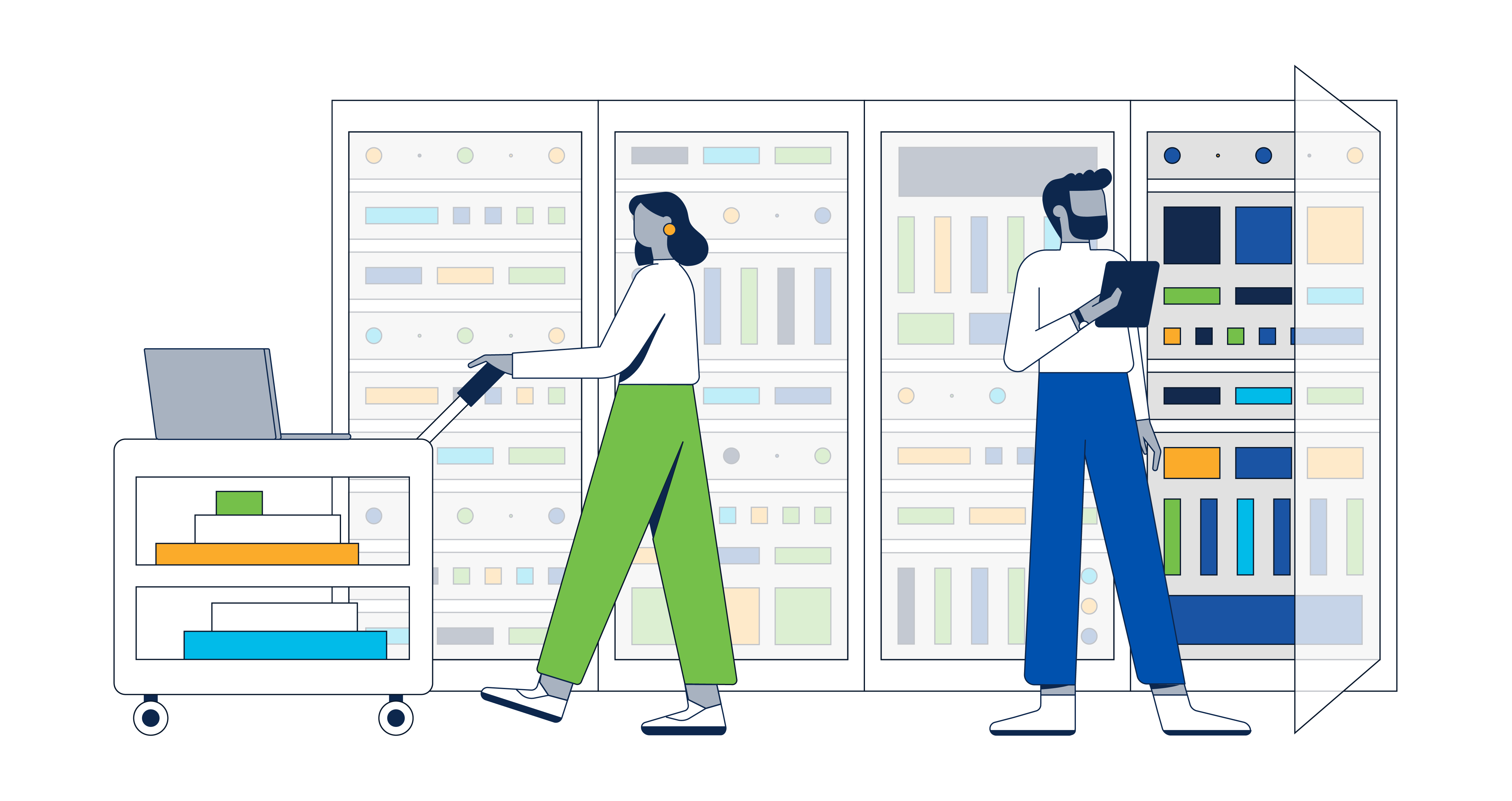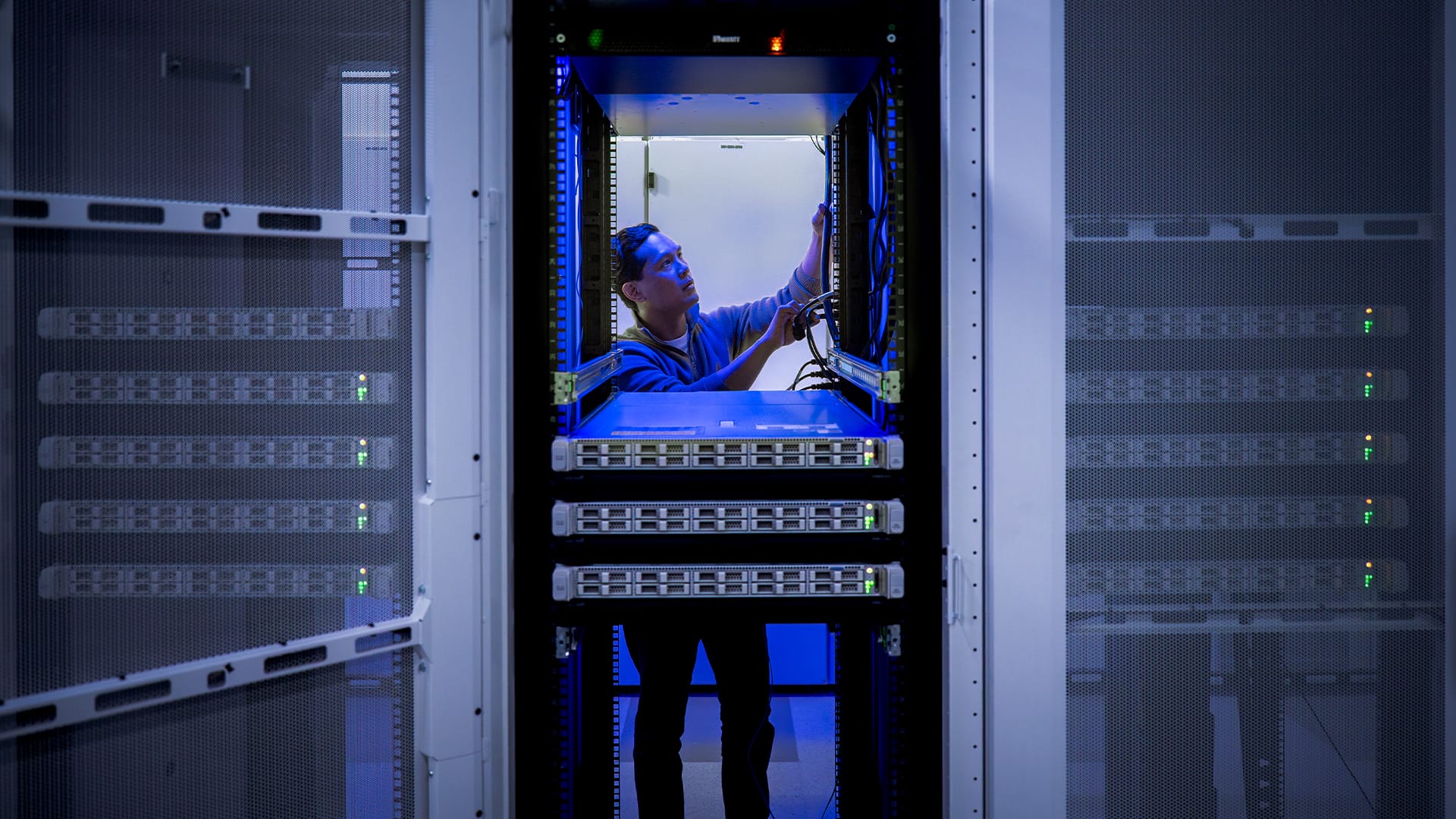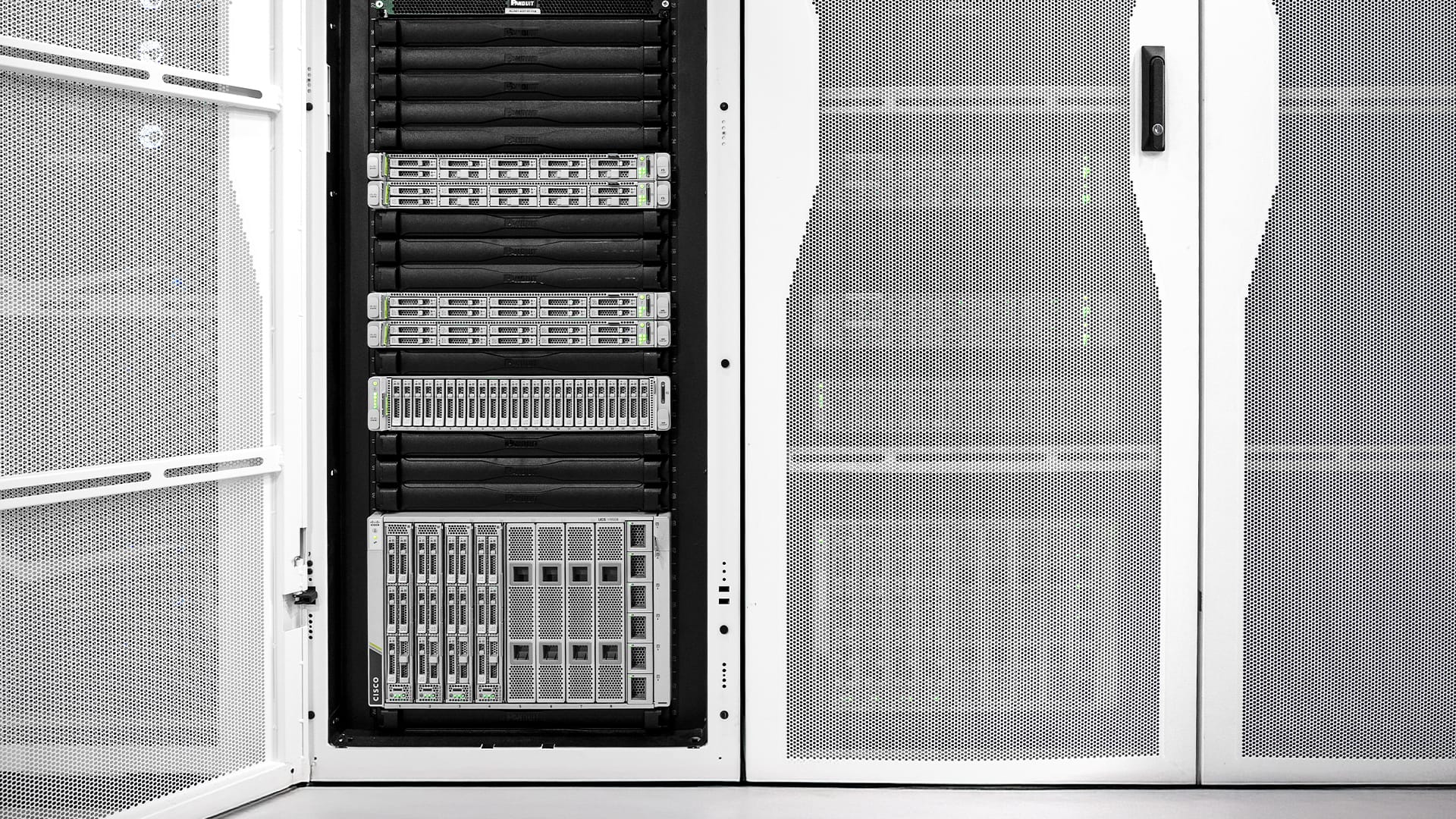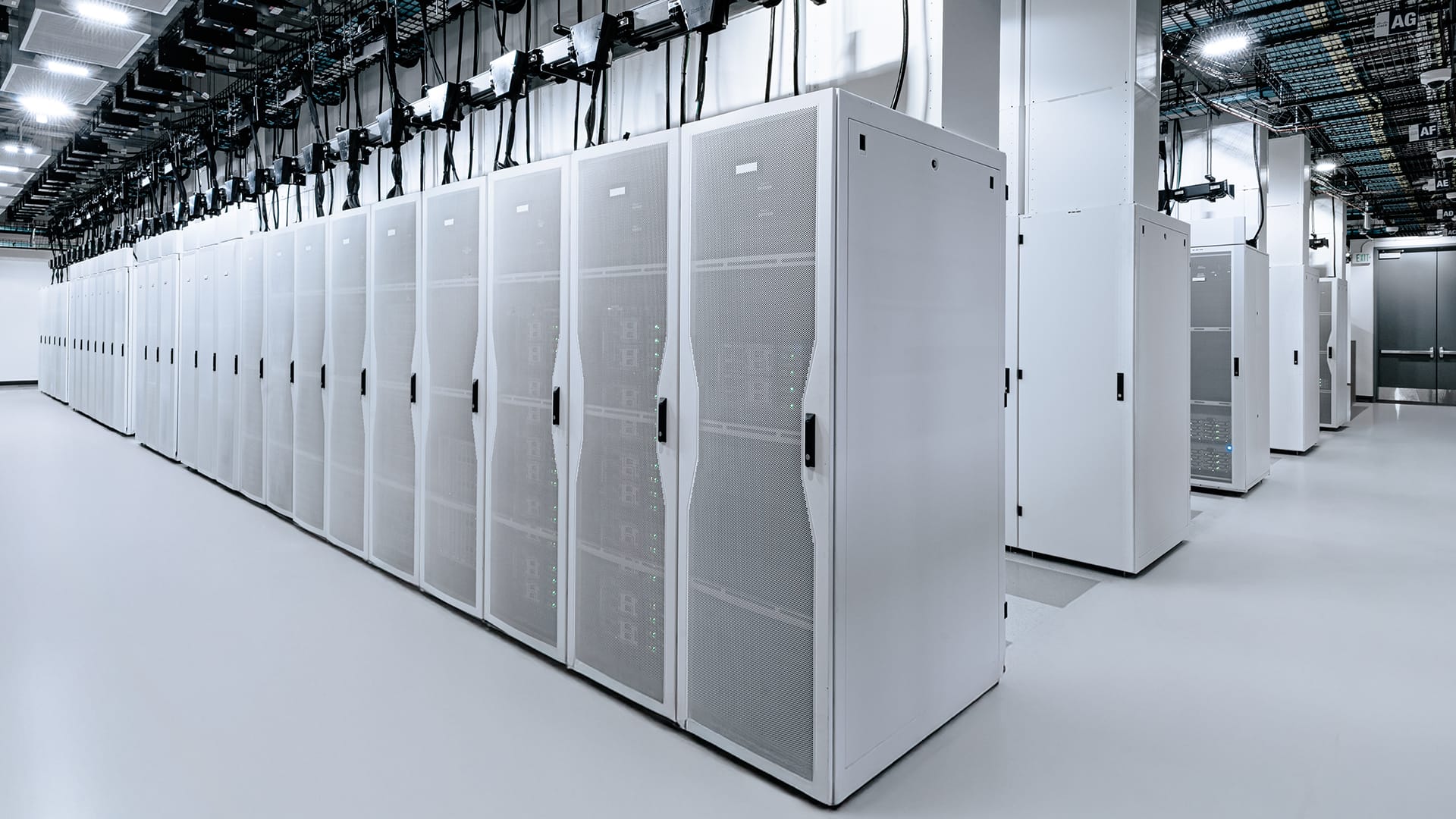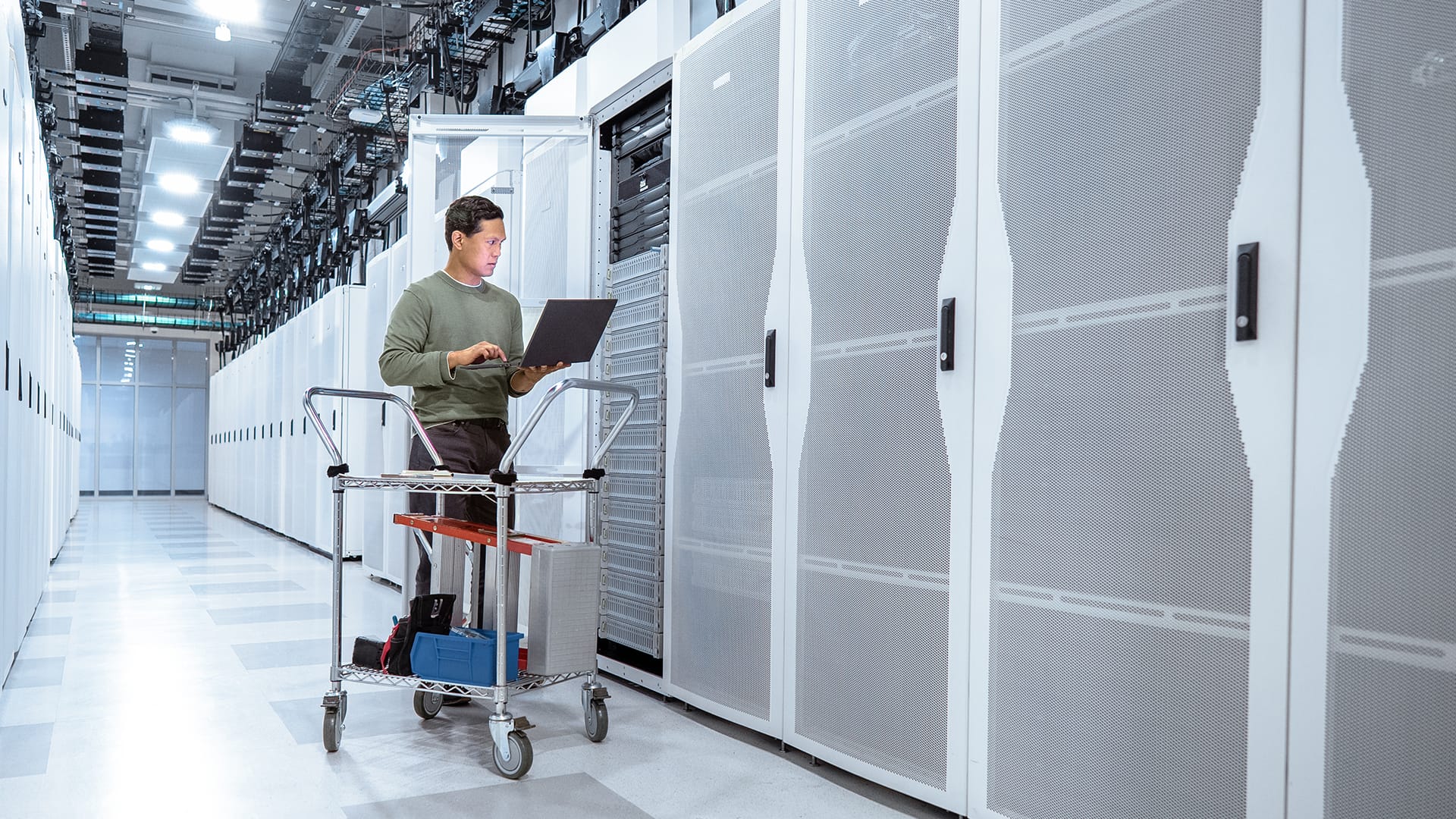Modern data centers have evolved quickly. Infrastructure has shifted from traditional on-premises physical servers to virtual networks that support applications and workloads across pools of physical infrastructure and into a multicloud environment.
Today, data is distributed across a wide range of environments—including on-premises data centers, edge locations, and both public and private clouds. To function effectively, the data center must be able to communicate seamlessly across all these environments. For example, when applications run in the cloud, they rely on the cloud provider’s data center infrastructure. At the same time, organizations may choose to maintain certain workloads, sensitive data, or legacy systems on-premises for reasons such as security, compliance, or performance.
The latest progression in the data center landscape centers on cloud-native architectures. These data centers are purpose-built to host cloud-native applications, which are designed to maximize the unique capabilities of distributed, scalable cloud environments. By leveraging technologies like containers and microservices, cloud-native applications enable businesses to innovate rapidly, adapt to changing demands, and deliver seamless user experiences. This shift is critical as organizations look to streamline their operations, ensuring that their infrastructure is ready to support the dynamic and competitive demands of the digital age.
